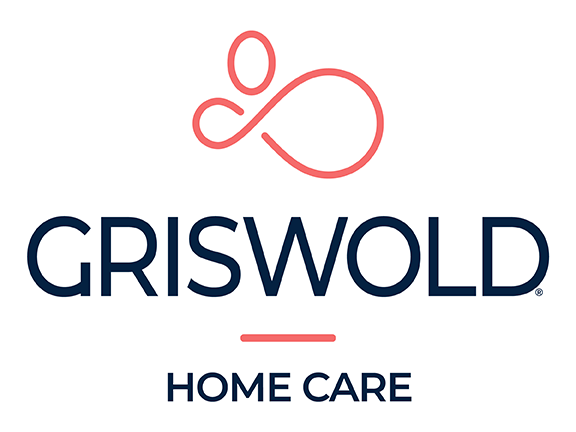Movies and television usually depict a slip and fall as comical and lighthearted. But for seniors, slips and falls are no laughing matter.
Read on to learn about the anatomy of a fall and steps you can take to avoid the heartache, trouble, and cost. Every 18 seconds, an older adult has to go to the emergency room because of a fall, according to the Centers for Disease Control and Prevention. Falls can be devastating for seniors, often causing injuries that take months to heal. These traumatic events can be devastating for the spouses and family of seniors as well, as they must shoulder the caregiving burden during recovery and rehabilitation.
The Cause
There are multiple reasons seniors slip and fall. The most common cause of a fall is the environment. A poorly-lit stairway, obstructive extension cords, or a hard-to-see coffee table are all risks around the house that can easily cause a fall. Other causes include problems with balance,a shuffling gait that causes you to trip over the edge of the carpet or bump into that pile of magazines you left on the  floor. Vision problems, mental confusion, and bouts of dizziness from a reaction to medication can also cause falls.
floor. Vision problems, mental confusion, and bouts of dizziness from a reaction to medication can also cause falls.
What Results From a Fall?
Unfortunately, many seniors suffer from more than embarrassment when they take a fall. Between 20 and 30 percent of seniors who have fallen suffer severe injuries such as broken bones, head trauma, or other wounds, according to the CDC. Injuries can be more than severe: in 2009, about 20,400 older adults died from injuries associated with falling. Falls are the most common cause of traumatic brain injury, which can lead to fatalities. Falls can also lead to a fear of falling, which may cause seniors to curtail activities, making them weaker and thus more prone to falling.
How to Prevent Falls
The best way to avoid the serious problems associated with falls is to prevent falls in the first place. Exercising regularly is one of the best way to prevent falls. Exercises that improve balance, such as yoga and tai chi, are great ways to help prevent falls. It’s also important to review your medications with your doctor or pharmacist to make sure you don’t have to worry about interactions between your medications that could make you dizzy or otherwise increase your fall risk. In that vein, it’s equally important to regularly visit your doctor, to make sure your balance and eyesight don’t put you at risk.
Finally, it’s important to make your home safe by removing tripping hazards, installing lighting, and putting in grab bars in essential locations such as bathrooms. Read our blog post on fall-proofing your home.
Falls are a frightening and dangerous risk for seniors. But if you arm yourself with the facts and take measures to prevent falls, you’ll stay safe for years to come.
